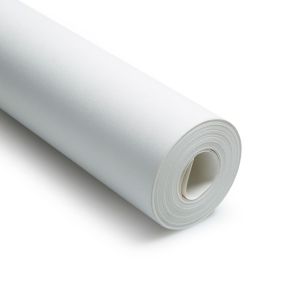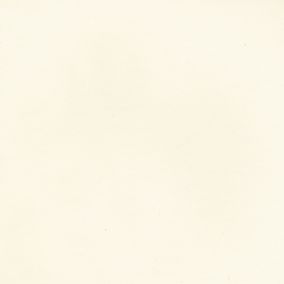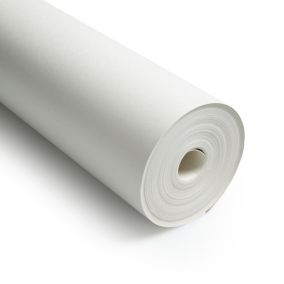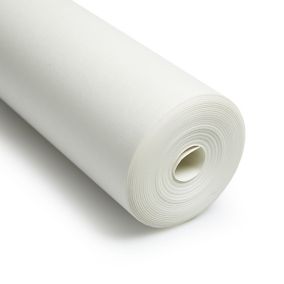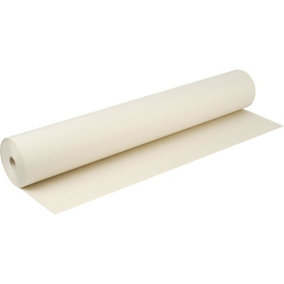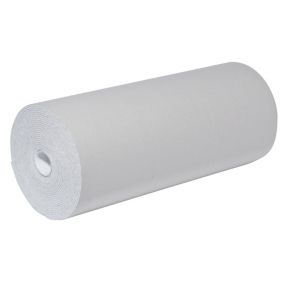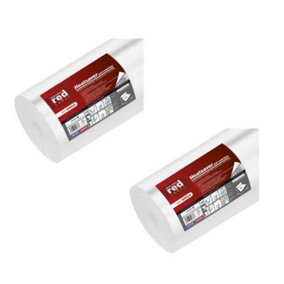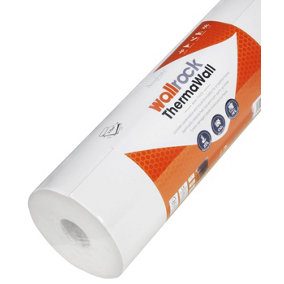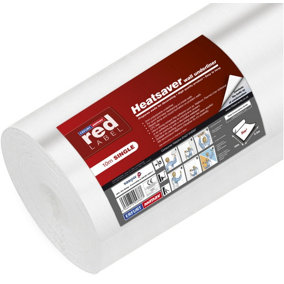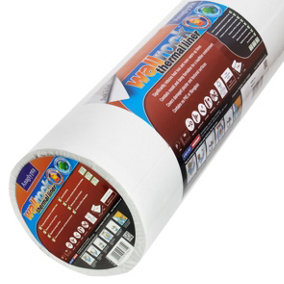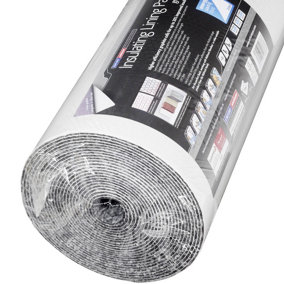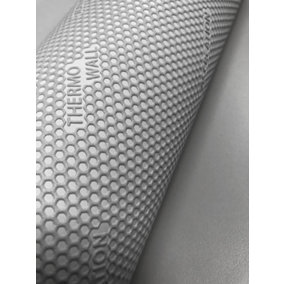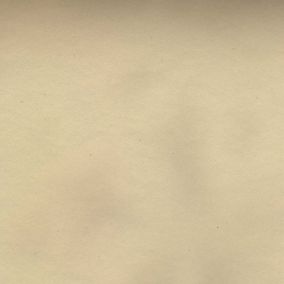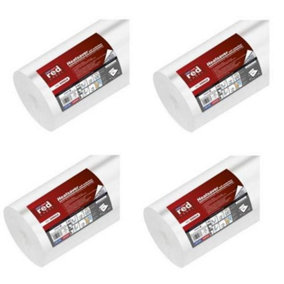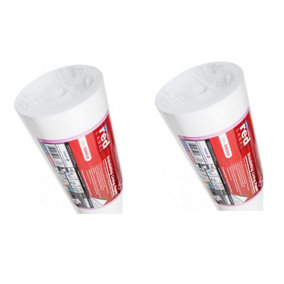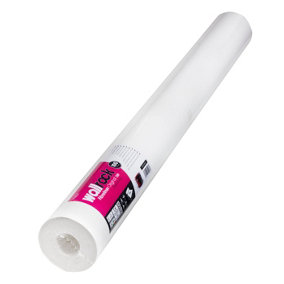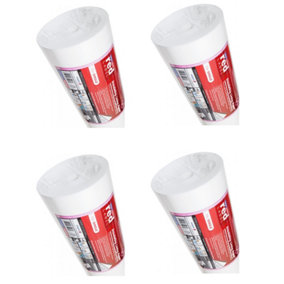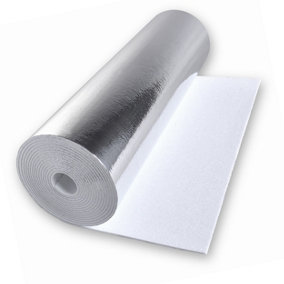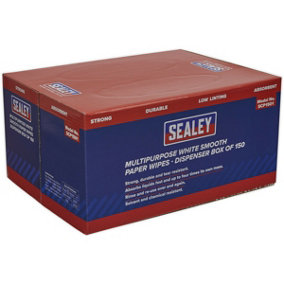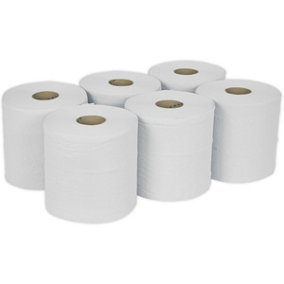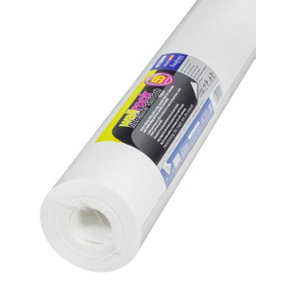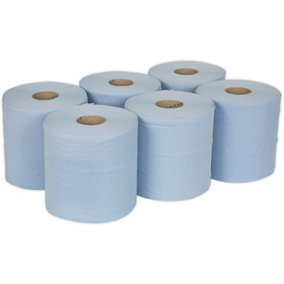Lining paper
Lining paper is a type of wall covering that helps you to smooth over and cover rough or uneven walls before painting or wallpapering. It's perfect solution in older houses where the walls may not be smooth enough to apply wallpaper directly. Our collection of lining paper is sold in rolls so that you can cut to the desired size; available in a range of different thickness grades, from a thin 800 to a thick lining paper of 1700, to accommodate all your lining paper requirements. Another benefit of lining paper for painting is it adds an extra layer of thermal and sound absorption to the room. If you're decorating a room with imperfections and small cracks in the walls, make sure lining paper is on your shopping list; you won't regret it!
Lining paper
Lining paper is a type of wall covering that helps you to smooth over and cover rough or uneven walls before painting or wallpapering. It's perfect solution in older houses where the walls may not be smooth enough to apply wallpaper directly. Our collection of lining paper is sold in rolls so that you can cut to the desired size; available in a range of different thickness grades, from a thin 800 to a thick lining paper of 1700, to accommodate all your lining paper requirements. Another benefit of lining paper for painting is it adds an extra layer of thermal and sound absorption to the room. If you're decorating a room with imperfections and small cracks in the walls, make sure lining paper is on your shopping list; you won't regret it!
See more Wallpaper & wall coverings
Showing 24 of 30 products
Load More